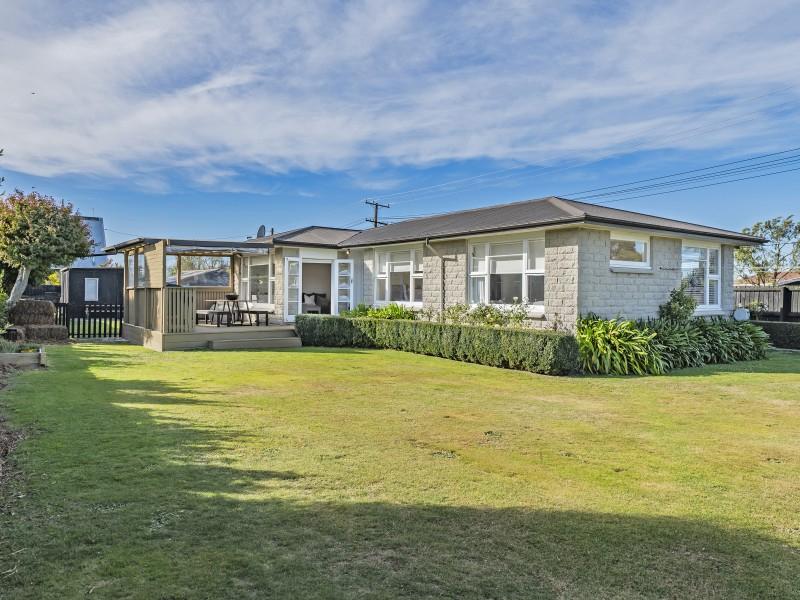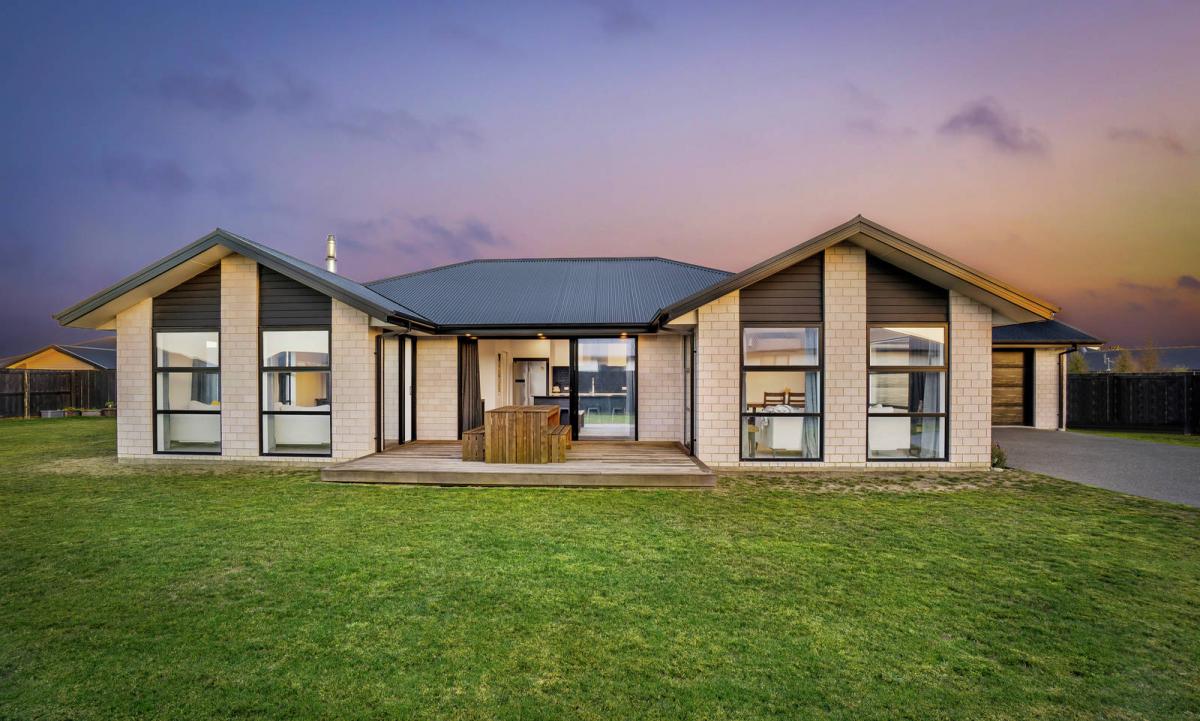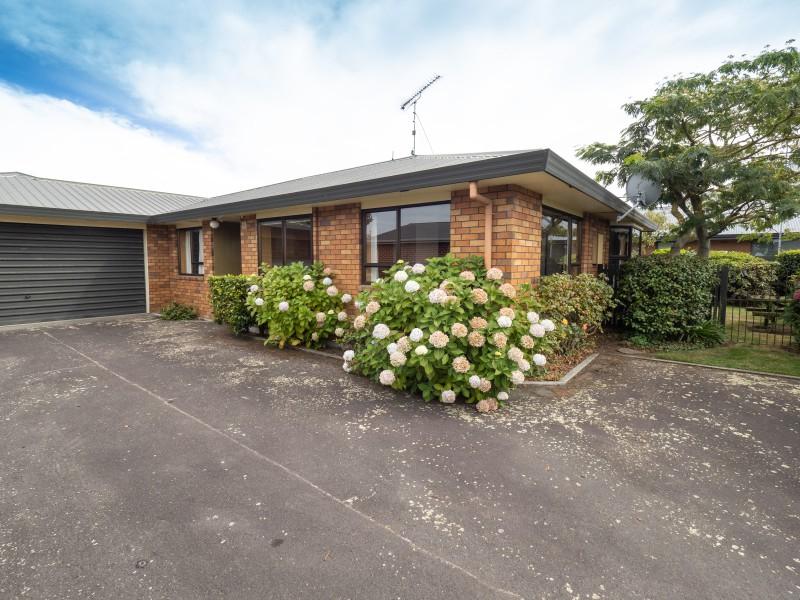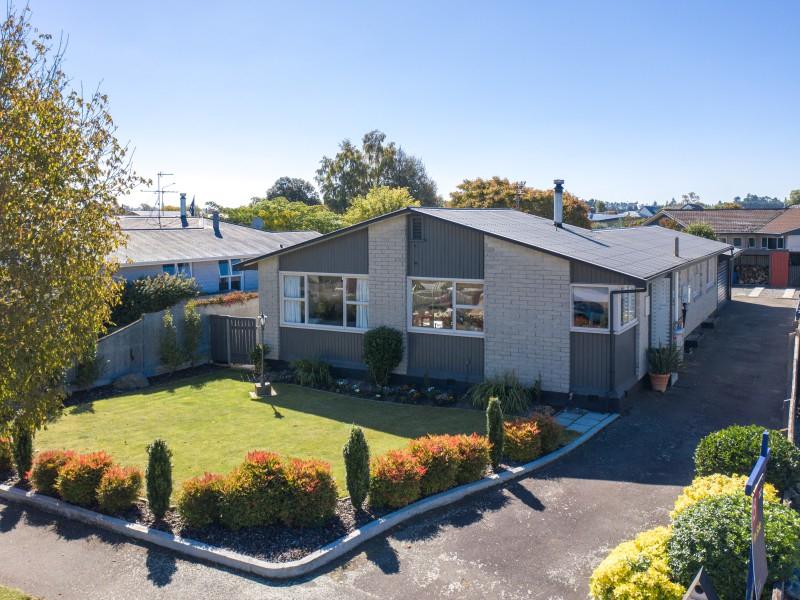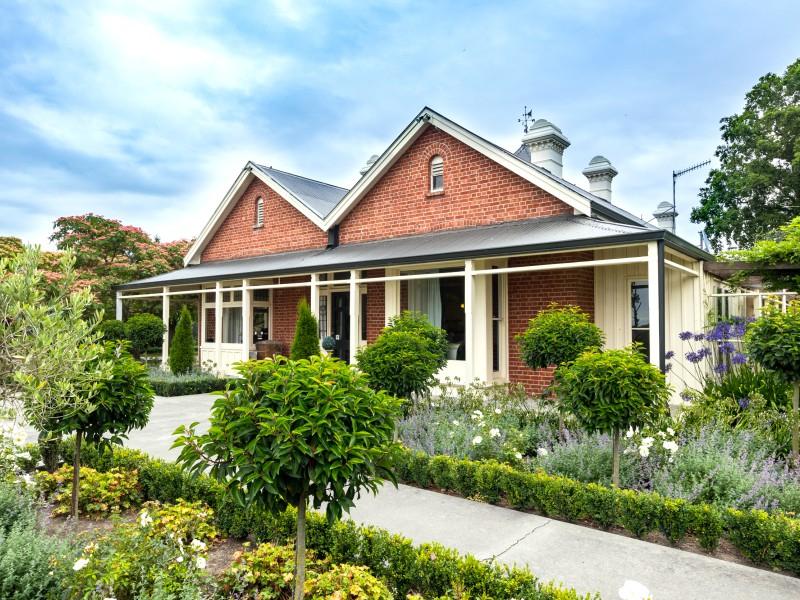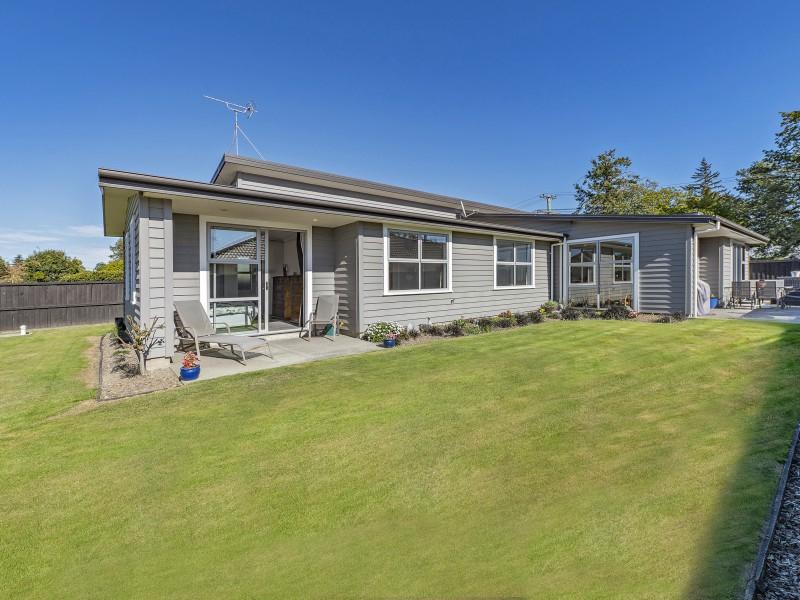Heritage park preserves Ashburton’s history
By local democracy reporter Jonathan Leask:
“A way of life locked in time.”
That is the best way to describe the Ng King Brothers Chinese Market Garden Settlement Heritage Park in Ashburton, Robert King says.
More than 200 descendants of the original families gathered for the official opening of the heritage park on Sunday.
Robert King is the great-grandson of Charlie King, one of the founding members of the market garden.
“This site is authentic. It is real. It is not a replica," he said.
“It has been strengthened for longevity and preservation.”
The 2.3-hectare heritage park centres around the remnant buildings of the market gardens, restored to maintain the humble and original look of the buildings.
King said the initial project was to stabilise, strengthen and retain the area.
The market garden settlement on Allens Road had operated from 1921, growing to be the largest Chinese community in the South Island until it closed in 1964. It had since fallen into disrepair.
Yep Ng started the process when he approached the council in 2008 about restoring the site.
He was the driving force of the project, but died 10 months before the opening. His dedication to restoring the site was honoured at the opening.
It took five years to track down the descendants to gain consent to sign a memorandum of understanding to give stewardship of the site to the Ashburton District Council in 2013.
A working group began developing plans for the site in 2016 and the work to transform it into a heritage park began in 2019.
Ashburton deputy mayor Liz McMillan said the Chinese families overcame many challenges to become part of the social and business fabric of the district.
The heritage park will “uphold the legacy of early settlers” and be an important part of the district's history, McMillan said.
Eight interpretive panels on the site tell the stories of Chinese immigration, market gardening, the buildings, and the Ng King people, while a memorial rock lists the names of the original Ng King settlement partnership.
The council’s democracy and engagement group manager, Toni Durham, said while the heritage park was now open, there was still more work to be done.
“A full landscaping plan has been prepared which references both New Zealand and Chinese cultures.
“It will involve more pathways, additional planting and sculpting of the land, and seating areas.
“This will be completed over the next couple of years as funding is available.”
The final cost of the project hasn’t been tallied as it isn’t complete, Durham said.
“The project has been a collaboration with funding being provided by the council, Heritage New Zealand and the Chinese Poll Tax Trust.
“The Ng King family’s contribution has been providing their land as a community heritage park, and they see this as their way of giving back to a community that welcomed their forefathers.”
The heritage park opened to the public from Monday.
The perfect treat this Mother's Day
This Mother's Day treat yourself or a loved one with the ultimate Sunday self-care gift.
Purchase a discounted subscription to Sunday Star-Times before 12 May, and receive a FREE Antipodes Maya Hyaluronic 72-Hour Hydration Serum worth $56*. Find out more below.
Gifting a subscription? Add a personalised e-card to your order to make your gift even more special. Offer ends next week so don’t miss out! T&Cs apply, promo code must be applied.

Ashburton’s second bridge cost bumped up
By local democracy reporter Jonathan Leask:
The cost to build Ashburton’s second bridge has leapt to $130 million as questions remain on how it will be funded.
The council has kept its contribution at $7.5m, despite the estimated price jumping by 15% in two years.
Ashburton Council chief executive Hamish Riach provided councillors with an update on the second bridge after he recently met with Minister of Transport Simeon Brown.
The Government has made the bridge, a key State Highway 1 route in Canterbury, a national transport priority.
Minister Brown made it clear that the council would need to look for funding in the National Land Transport programme process, Riach said.
That will start with conversations between the council and NZ Transport Agency Waka Kotahi around “innovative funding mechanisms”.
After meeting, Riach and Mayor Neil Brown reached out to NZTA regional relationships director James Caygill about “actively getting on with those conversations with their funding people”.
The National Land Transport programme is an investment package for priority transport projects.
For a project to be included in the National Land Transport Programme it has to feature in a council’s long-term plan, Riach said.
The council has chosen to keep the $7.5m figure in its budget planning, even though the cost of the project has increased.
The business case prepared in 2022 estimated the project – a 360m-long bridge across the Ashburton/Hakatere River and new road infrastructure - would cost $113m.
An NZTA document prepared in November estimated the project will cost between $100-$200m.
A recent report from Infometrics, commissioned by Local Government New Zealand, found that over the last three years, costs have gone up significantly and bridges are 38% more expensive to build.
“We note the bridge is programmed to cost $130m and our share, at $7.5m, may or may not survive the whole funding process.
“A lot is going on in this space that is incredibly uncertain.”
The council will adopt its LTP in June – including the $7.5m figure – before knowing what the NLTP entails, Riach said.
“It makes for a messy picture for this project in our formal plans and budgets.”
The minister acknowledged the need for the bridge - easing congestion and improving safety on SH1 - and as a result, the subsidy rate “needed to reflect the improvement to the state highway network”, Riach said.
“We took from that, that a subsidy rate ahead of our normal FAR (funding assistance rate) was entirely justified.”
Rather than a 51% FAR subsidy the business case suggested a 62%, but the question remains how to fill the gap between 62% and 100%, Riach said.
Mayor Brown said the minister also spoke of the Government looking at different ways of funding roading going forward.
This included the possibility of road tolls, Riach said.
“He reiterated that it is certainly his intention to review the way in which tolling is a mechanism for funding projects a little bit later in the year.”
***************************************************
No tolls without law change
Under legislation, tolls can only be placed on state highways, not on a local road, which is what the second bridge is considered to be.
It also prevents an NZTA toll from raising funds for a council project – so a toll on the existing SH1 bridge couldn’t be used to fund the new local road bridge.
A legislative change could see the possibility of introducing a toll on the existing SH1 Ashburton/Hakatere Bridge or on the second bridge to pay for the project.
There are currently only three toll roads in New Zealand – the Northern Gateway Toll Road north of Auckland, the Tauranga Eastern Link Toll Road, and the Takitimu Drive Toll Road, both in Tauranga.

When less is more
Turn old school chairs into a stylishly understated set with this simple DIY project and Resene finishes.
Find out more how to refresh your furniture with this handy advice.

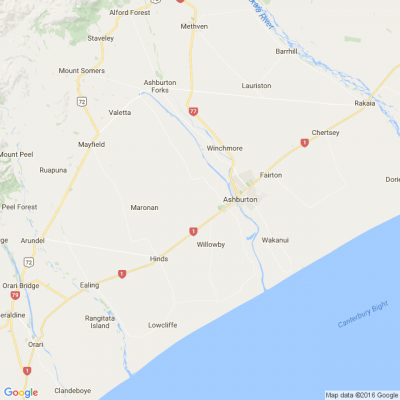





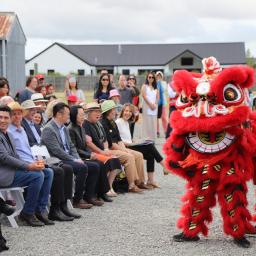
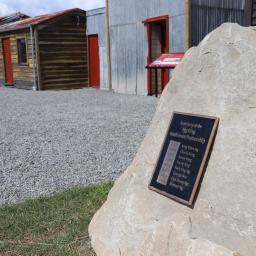
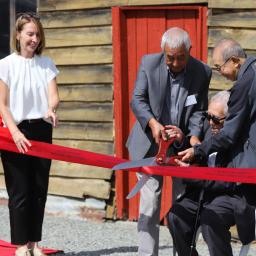

 Loading…
Loading…





